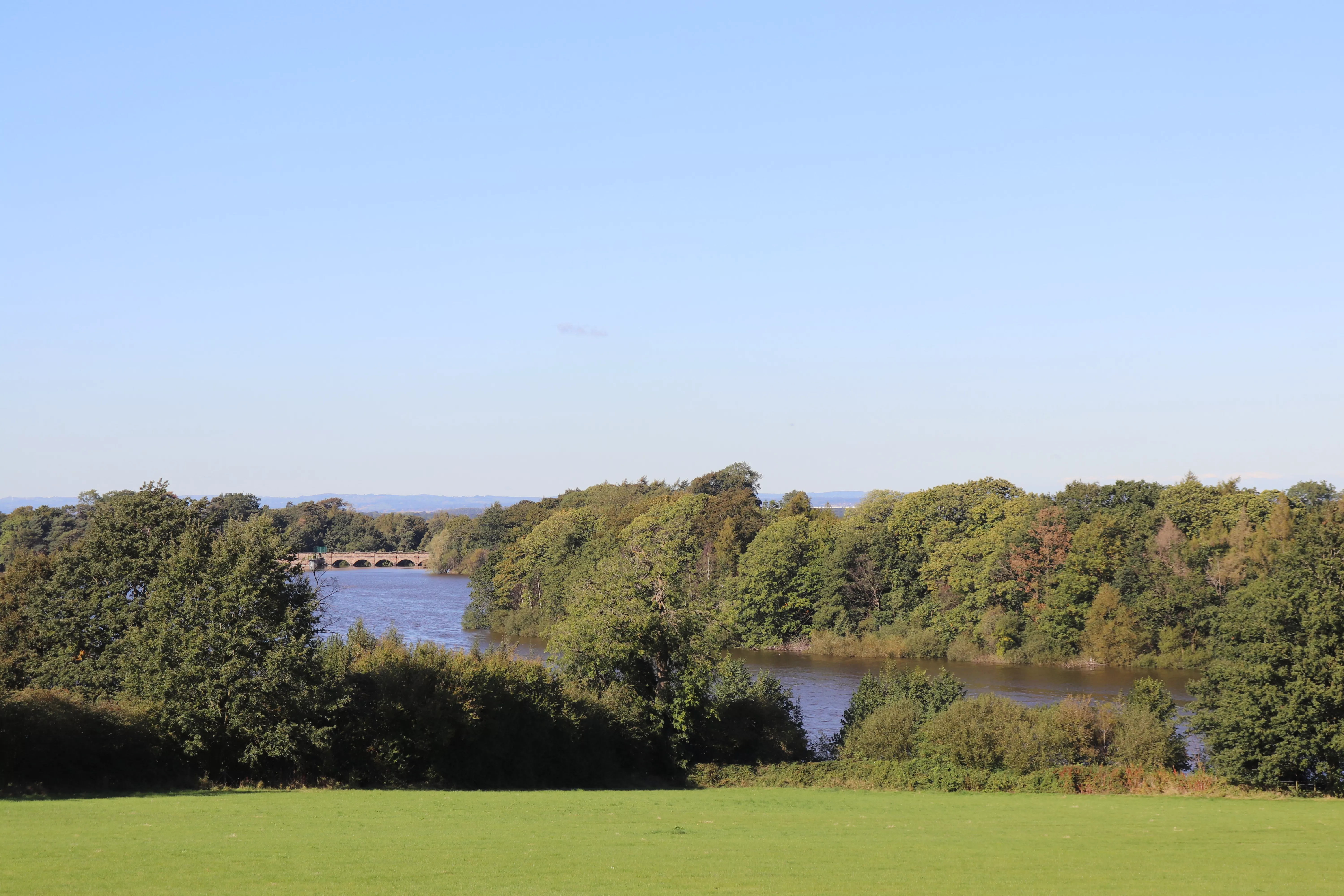There's always somewhere new to visit in the National Forest, with an array of unique attractions to explore and discover.
Browse the National Forest Map and explore this destination and things nearby.
Added to basket

Route details

Medium
6.8 miles (11km)

Time
Allow 3.5 hours

Map
OS Explorer 245 The National Forest

what3words
liability.dragons.seemingly

Os Grid Ref
SK45816

Start
Mount St Bernard Abbey, Oaks Road, Whitwick LE67 5UL

Path type
Unsurfaced paths, tracks, farmland, tarmacked sections and stiles.

Accessibility
Due to unsurfaced paths and challenging terrain, we would not recommend this walk for those with limited mobility.
Browse the National Forest Map and explore this destination and things nearby.
Summary
This charming 6.8-mile circular walk encompasses rich history with ancient wooded trails and panoramic views over Charnwood Forest.
Along the way you will discover one of Charnwood’s famed rocky outcrops, visit the glistening waters of Blackbrook Reservoir and immerse yourself in the historical landmarks of the area, as well as catch a glimpse of the many species of birds, insects and reptiles in this nature-rich haven.
This route also passes through the Peter Elderfield Memorial Woodland, planted in 2000, and is partly funded by the National Forest. The site features a mixture of oak-birch woodland, heathland and Charnwood’s famed craggy terrain, located on the edge of Whitwick. Shortly before reaching Swannymote Rock, you will also pass through, the ancient National Forest Swannymote Wood, characterized by entangled trees and large rocky outcrops.
PLEASE NOTE: This walk is not currently waymarked and can only be navigated by using the leaflet below.
Walk highlights
This 19th century monastery nestled in the heart of Leicestershire, was founded in 1835 on land provided by Ambrose de Lisle, who was eager to re-introduce monastic life, and was the first to be founded in England. Unlike many other monasteries of today, Mount St. Bernard Abbey is more than a relic of the past and is still a living force today. The once dairy farm is now a brewery and home to England’s first trappist beer ‘Tynt Meadow’, referencing the plot of land in which monastic life was resurrected two centuries ago.
Here, the true beauty of this walk is uncovered, cocooned by the surrounding woodlands, Blackbrook Reservoir was constructed in 1796 in order to feed the long since vanished Charnwood Forest canal, the original dam was an earthworks one, which failed on 20 February 1799, emptying the reservoir within eleven minutes and flooding much of Shepshed and nearby Loughborough. By far the most striking feature here, is the One Barrow Viaduct, a blue brick construction, characterised by three arches and billowing water. The reservoir is also host to a variety of rare flora, some of which are unique to the midlands and found in very few other places.
This is the part of the walk where you will unearth some of the area’s steep history. A Swainmote (also known as Swainmoot, Swannymote or even Swienmote) was a local forest court responsible for judicial and administrative regulation of the forest, this rocky outcrop was believed to have been the Swainmote for the area. Here an open-air forest court of freeholders inquired into all offences against vert (trees) and venison (deer). Charnwood forest was home to three open-air courts Swannymote Rock, Copt Oak and Swains Hill, one of the most important of the forest hills.
Facilities
Where to eat
There's always somewhere new to visit in the National Forest, with an array of unique attractions to explore and discover.

Help us to maintain our trails for others to enjoy, by reporting any issues you come across.
